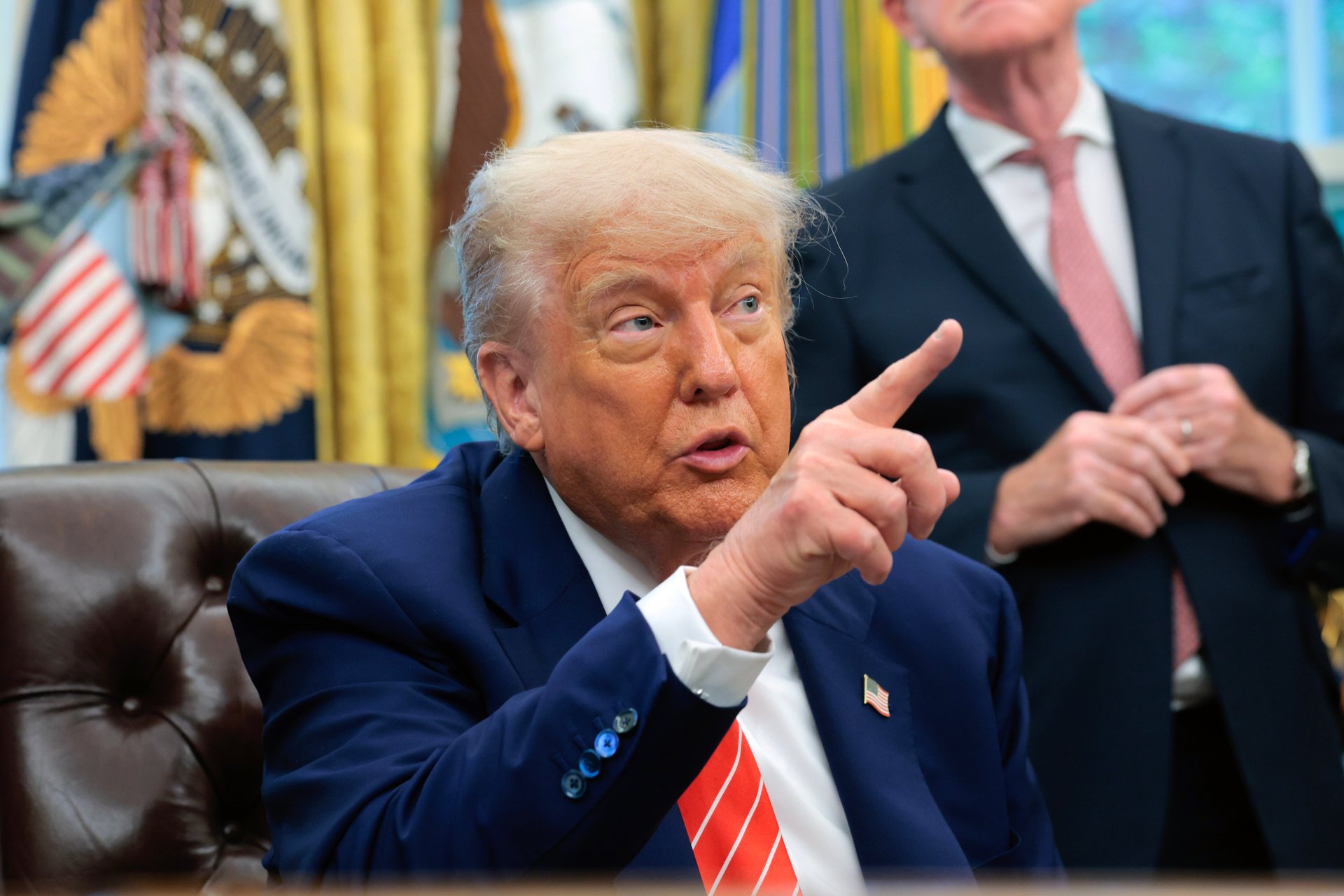Trump wants Apple to stop building iPhones in India — just as production ramps up
Apple shifted some iPhone production from China to India after Trump's tariffs. Now he's browbeating the tech company to stop

President Donald Trump is pressuring Apple (AAPL) to pull back from India and move production to the U.S., telling CEO Tim Cook he doesn’t want iPhones “built in India.”
Suggested Reading
“I said, ‘Tim, don’t do that,’” Trump said Thursday in Qatar. “India can take care of themselves.” The remarks came just weeks after the administration rolled out sweeping tariffs on Chinese imports, which encouraged Apple to shift more production to India.
Related Content
Now policy whiplash and stray remarks are once again putting the world’s largest company and its highly complex supply chain under pressure.
Why Apple recently shifted to India
In recent weeks, Apple moved to produce more iPhones in India, potentially as much as 25% of total production. The company already assembled $22 billion worth of iPhones in India last year and exported $17.5 billion’ worth of those devices abroad.
Apple has even started assembling its high-end Pro models in India, though production is not yet near scale. The vast majority of iPhones are still made in China, but that balance has showed signs of shifting. Key suppliers like Foxconn (HNHPF), Tata, and Pegatron are expanding Indian operations as Apple’s needs emerge.
Still, relocating Apple’s manufacturing base hasn’t just been a near-term tactical switch. It’s a strategic overhaul years in the making. The company began shifting someproduction to India after COVID-era shutdowns crippled its main Chinese factories, and the first round of Trump trade wars added urgency.
Then in recent weeks, Apple was once again forced to move at speed as Trump imposed sweeping new tariffs. In response, Apple raced to airlift record shipments out of India and fast-tracked plans to expand production. That effort requires not just new factories, but retraining workforces, relocating suppliers, and reengineering logistics.
Now Apple is being told to reverse course again
To say the least, Trump’s critique arrives at a paradoxical moment. His administration recently reached a deal to temporarily reduce tariffs on Chinese imports, slashing the rate from 145% to 30% for a 90-day period. The move is part of ongoing negotiations with Beijing and was framed as a bid to ease inflationary pressure on U.S. consumers. But the reduction is temporary, and the broader trade policy picture remains volatile.
This contradiction is becoming a theme of Trumponomics 2.0: pressure without clarity, nationalism without a supply chain, as even generally sympathetic observers note. Meanwhile, Apple must respond to real conditions on the ground as well as the policy whiplash, reversal, and stray-remark headlines.
Unsurprisingly, Cook hasn’t responded publicly.
Navigating tariffs is hard enough. Navigating this sort of politicking might be harder.
